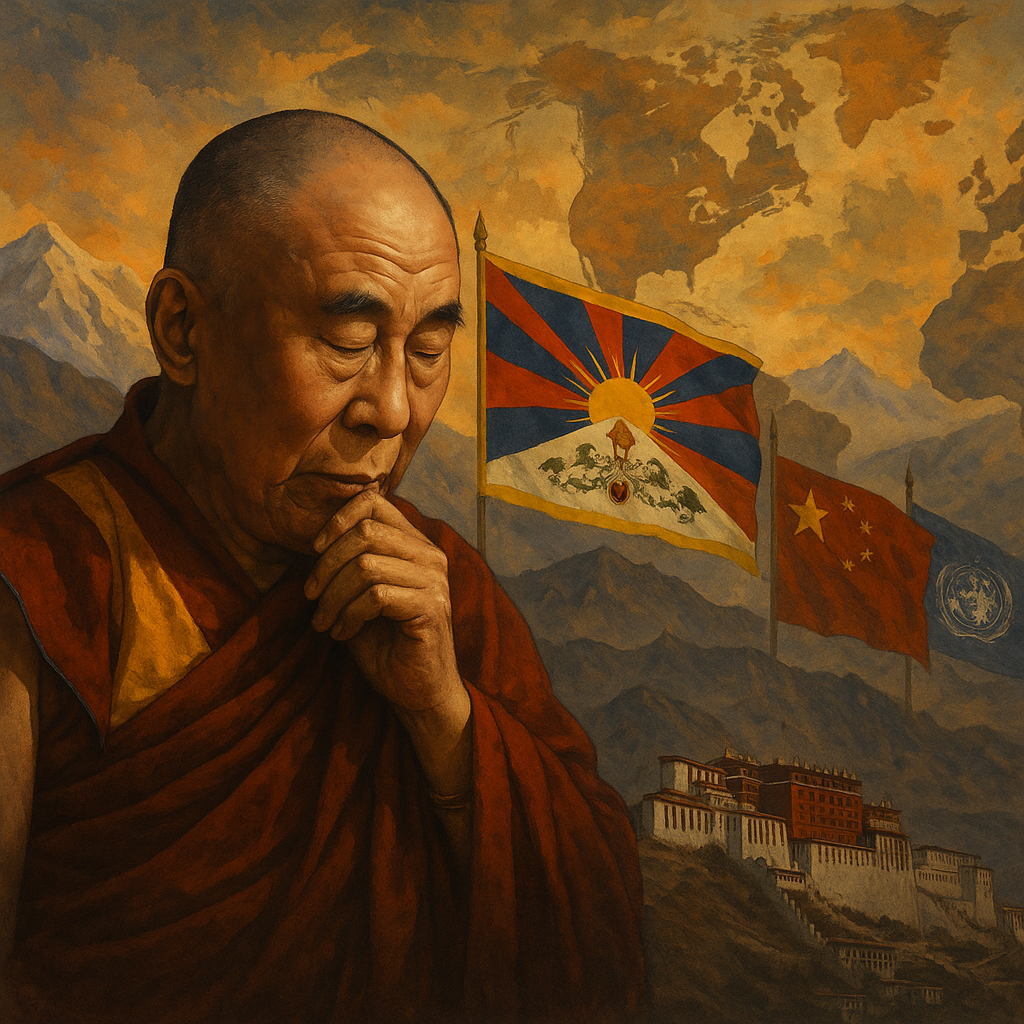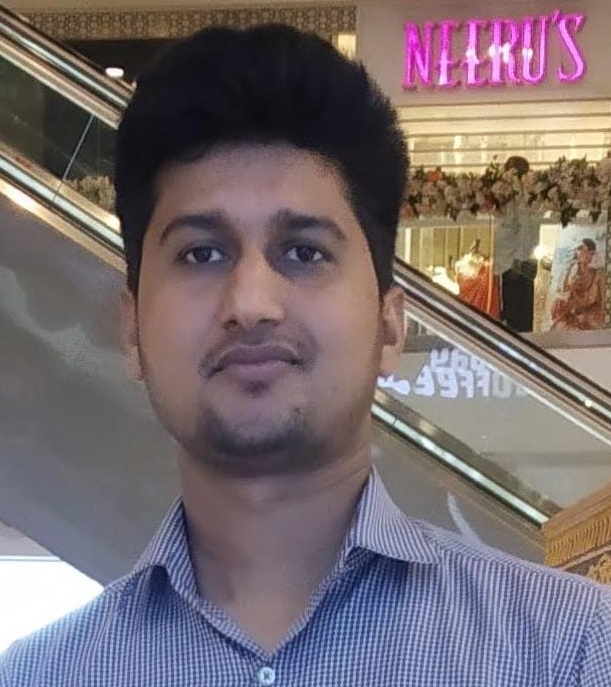
- For the Chinese Communist Party (CCP), religion is a realm to be managed, regulated, and ultimately controlled.
- Tibetans’ struggle is not militant; it is deeply human—a struggle for their identity, belonging, and dignity.
- Where the next Dalai Lama is born will reveal the world’s commitment to spiritual freedom.
On July 6, 2025, His Holiness the 14th Dalai Lama turned 90. In Dharamshala, India—the serene Himalayan town he’s called home since fleeing Tibet in 1959—monks chanted, prayer flags fluttered, and candles flickered in gratitude for a life that has embodied peace, wisdom, and unwavering compassion. But amid the celebrations, a complex storm brews over a deeply spiritual yet politically charged question: Who will succeed him?
A Life Beyond Borders
Tenzin Gyatso was just a toddler when he was recognised as the reincarnation of the 13th Dalai Lama. It wasn’t a simple ceremony, but a spiritual and cultural journey marked by ancient rituals, symbols, and signs. For Tibetans, his recognition was not merely a religious formality—it was a spiritual assurance that their heritage would continue. Over the years, the Dalai Lama has become far more than a revered monk. He’s been the spiritual beacon for millions, a Nobel Peace Prize laureate, a symbol of non-violence, and a gentle voice calling for peace in a fractured world. But above all, he remains the embodiment of Tibetan identity and resilience. His warm smile and compassionate presence have inspired generations, but his political exile and the suppression of Tibetan culture have also laid bare the harsh realities of modern geopolitics.
China’s Grip on Faith
For the Chinese Communist Party (CCP), religion is a realm to be managed, regulated, and ultimately controlled. Tibetan Buddhism is no exception. China’s interference in the reincarnation process is not a subtle manoeuvre. It is a declaration that the sacred must submit to the state. The most chilling example came in 1995, when the Dalai Lama recognised a six-year-old boy, Gedhun Choekyi Nyima, as the 11th Panchen Lama—one of the most important figures in Tibetan Buddhism. Within days, the boy disappeared, reportedly taken by Chinese authorities. He has not been seen in public since. In his place, China installed its candidate, a move widely denounced by the international community. This incident is not merely a historical footnote—it’s a precursor to the potential struggle that awaits the selection of the next Dalai Lama.
India’s Quiet Tightrope
India has been both a sanctuary and a silent partner in the Tibetan exile story. After the 1959 uprising in Tibet, India welcomed the Dalai Lama and thousands of refugees, giving them land, cultural space, and freedom to practice their faith. Towns like Dharamshala and Bylakuppe became new spiritual homes. Yet, India’s support is carefully calibrated. While grassroots solidarity runs deep—especially in Himachal Pradesh and parts of South India—official policy remains cautious. India officially recognises Tibet as part of China, a diplomatic concession that stems from decades of border disputes and realpolitik. This cautious stance becomes even more apparent when the Tibetan question heats up. When Indian ministers or leaders publicly meet the Dalai Lama or attend events in Dharamshala, Beijing lashes out with sharp rebukes, asserting that the issue of succession is China’s alone to decide.
This sets the stage for what may become a religious schism: two Dalai Lamas—one recognised by Tibetans in exile and the global Buddhist community, and another sanctioned by the Chinese state.
A Divided Legacy?
The succession issue isn’t just a question of politics—it’s one of spiritual continuity and cultural authenticity. The Dalai Lama has spoken on several occasions about the possibility that he may not reincarnate at all, or that his next incarnation might be found outside Tibet, perhaps even in a free country. He has also emphasised that the decision will not rest with him alone, but with the Tibetan people and senior Buddhist leaders. Yet, China continues to press its claim, stating unequivocally that any reincarnation must be recognised through its state-controlled process. This sets the stage for what may become a religious schism: two Dalai Lamas—one recognised by Tibetans in exile and the global Buddhist community, and another sanctioned by the Chinese state. What happens when a faith built on spiritual lineage is split by political force? What will it mean for young Tibetans trying to preserve their identity in exile or under surveillance in Lhasa?
Voices of a People
In the narrow alleys of McLeod Ganj, a sense of spiritual calm masks an undercurrent of quiet determination. Elderly refugees still recount the harrowing days of their escape from Tibet. Teenagers speak with pride about learning the Tibetan language and history in community schools. Shopkeepers display photos of the Dalai Lama alongside the Indian tricolour. There is gratitude for sanctuary, but there is also yearning—for a homeland, for recognition, for continuity. Recently, at a gathering in New Delhi marking the Dalai Lama’s 90th birthday, Tibetan youths carried banners that read, ‘Our faith, our future.’ Their chants blended traditional Buddhist prayers with calls for cultural preservation. Their struggle is not militant; it is deeply human—a struggle for identity, belonging, and dignity.
The Human Thread
This story—of a 90-year-old monk, of a land under occupation, of a culture in exile—is about more than politics. It’s about human endurance. It’s about people refusing to let a spiritual tradition be reduced to a political tool. The Dalai Lama has always said that kindness is his religion. As the world watches what comes next, it must remember that behind every headline are individuals—monks in prayer, children learning their ancestral script, families lighting lamps for a future they hope will be free. Whether the next Dalai Lama is born in freedom or under the shadow of authoritarianism will speak volumes—not only about Tibet, but about the global will to protect spiritual autonomy in an age of tightening control.

Raghvendra Tripathi is an independent researcher with a background in computer applications and a keen interest in technology and geopolitics. His articles focus on how emerging technologies influence international strategy, policy, and global power dynamics. Views expressed are the author’s own.
